order histories, retained contact details for faster checkout, review submissions, and special promotions.
Forgot password?
order histories, retained contact details for faster checkout, review submissions, and special promotions.
Locations
Orders Processing,
Shipping & Receiving,
Warehouse
2 Shaker Rd Suites
B001/B101
Shirley, MA 01464
Production Lab
Floor 6, Suite 620
20700 44th Avenue W
Lynnwood, WA 98036
Telephone Numbers
Tel: +1 (206) 374-1102
Fax: +1 (206) 577-4565
Contact Us
Additional Contact Details
order histories, retained contact details for faster checkout, review submissions, and special promotions.
Forgot password?
order histories, retained contact details for faster checkout, review submissions, and special promotions.
IDN3 / NIPBL
Nipped-B homolog (Drosophila)
IDN3 / NIPBL is the homolog of the Drosophila melanogaster Nipped-B gene product and fungal Scc2-type sister chromatid cohesion proteins. The Drosophila protein facilitates enhancer-promoter communication of remote enhancers and plays a role in developmental regulation. It is also homologous to a family of chromosomal adherins with broad roles in sister chromatid cohesion, chromosome condensation, and DNA repair. The human protein has a bipartite nuclear targeting sequence and a putative HEAT repeat. Condensins, cohesins and other complexes with chromosome-related functions also contain HEAT repeats. Mutations in this gene result in Cornelia de Lange syndrome, a disorder characterized by dysmorphic facial features, growth delay, limb reduction defects, and mental retardation. Two transcript variants encoding different isoforms have been found for this gene.
| Gene Name: | Nipped-B homolog (Drosophila) |
| Synonyms: | NIPBL, CDLS1, CDLS, Delangin, IDN3, Nipped-B homolog (Drosophila), IDN3-B, Scc2, SCC2 homolog, Nipped-B-like protein |
| Target Sequences: | NM_015384 NP_056199.2 Q6KC79 |
Publications (1)
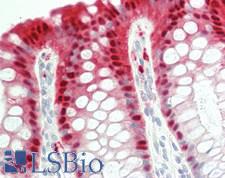
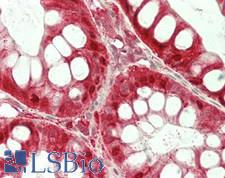
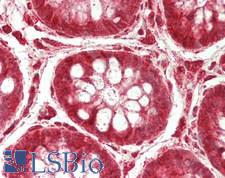
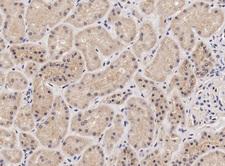
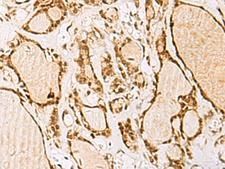
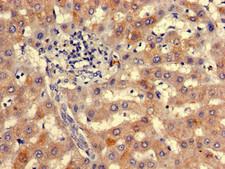
![IDN3 / NIPBL Antibody - Anti-IDN3 Antibody - Western Blot. Western blot of Affinity Purified anti-IDN3 antibody shows detection of bands at ~315 kD and ~125 kD corresponding to isoforms of IDN3 (arrow-heads) in mouse heart whole cell tissue extract. Approximately 35 ug of lysate was separated on a 4-8% gel by SDS-PAGE and transferred onto nitrocellulose. After blocking the membrane was probed with the primary antibody diluted to 1:1500. Reaction occurred overnight at 4? followed by washes and reaction with a 1:20000 dilution of IRDye800 conjugated Rb-a-Goat IgG [H&L] MXHu ( for 45 min at room temperature. IRDye800 fluorescence image was captured using the Odyssey Infrared Imaging System developed by LI-COR. IRDye is a trademark of LI-COR, Inc. Other detection systems will yield similar results.](https://lsbio-7d62.kxcdn.com/image2/idn3-nipbl-antibody-ls-c60065/62767_5126930.jpg)
If you do not find the reagent or information you require, please contact Customer.Support@LSBio.com to inquire about additional products in development.










